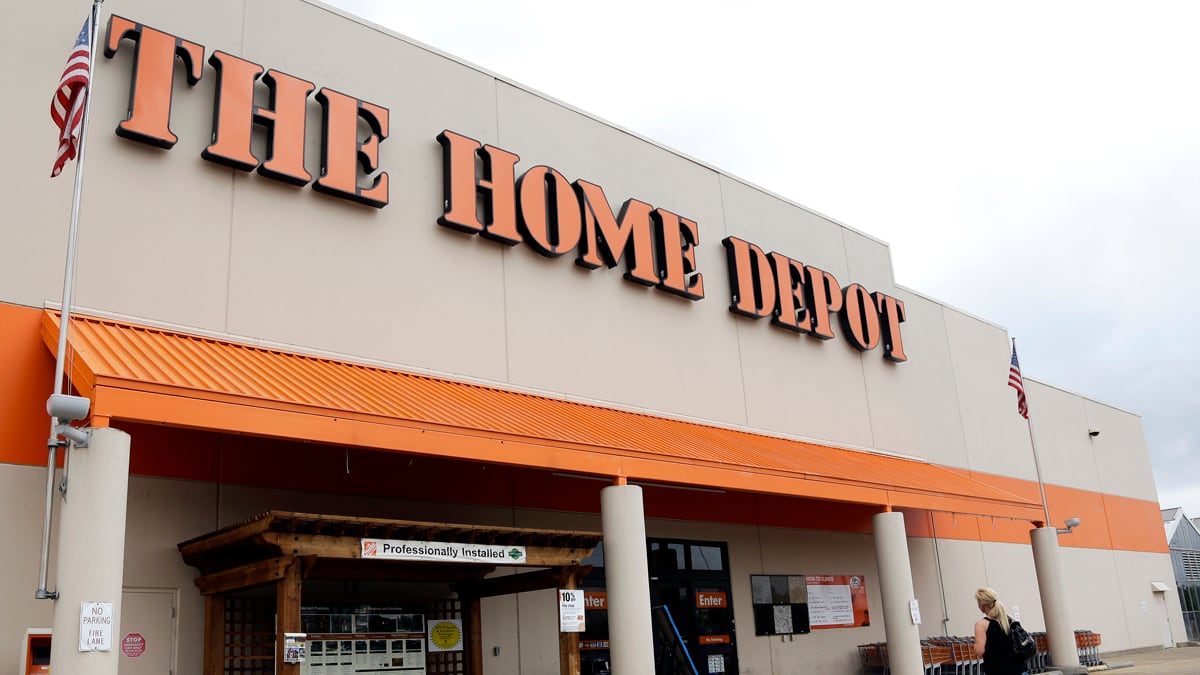Home Depot, the orange-painted purveyor of all things buildable, reported impressive second-quarter earnings on Tuesday. The nation’s biggest home-improvement chain notched $1.5 billion in net earnings on $20.6 billion in sales—better than last year’s figures, and better than Wall Street’s expectations. By day’s end, its shares had risen 3.58 percent.
Many analysts and journalists were quick to draw a direct line from Home Depot’s bottom line to the beleaguered housing market. Good news for Home Depot must mean that real-estate is finally back, or “stabilizing,” as they often say. As Dhanya Skariachan at Reuters put it, “the company [is] positioned” for success as “the housing market … stabilize[s].” Or, as Joan Solsman at the Journal wrote, with “stabilization in the hardest-hit housing markets.” Or, as Frank Blake, chairman and CEO of the company said on a conference call, “These are encouraging signs of stabilization in the housing market.”
Of course, that’s what they’ve been telling us for years. In November 2010 Andria Cheng at MarketWatch heralded, “Home Depot signals stabilizing U.S. market.” In February of that year, the AP reported “Home Depot Shows Profit as Housing Market Stabilizes.” In May 2009, The Street’s Jeanine Poggi said that Home Depot earnings had sparked “hopes of an imminent stabilization in the housing market.” And as early as June 2008, Reuters’ Karen Jacobs revealed “Home Depot Sees Growth—When Market Stabilizes.”
The reason for all this repetition is simple: Home Depot doesn’t actually need stable or rising home prices to prosper. In fact, Home Depot’s fortunes haven’t followed the rise and fall of the housing market in recent years. They’ve led it. That’s because, even amid a bad real-estate climate, people tend to invest in their existing homes before they buy new ones. Instead of trading up to a new house, they’ll redo a bathroom here, a kitchen there, maybe even add a bedroom.
In April 2006, well before the housing crash, Home Depot stock began a fall to 52-week lows, hurt by a decline in home-buyer confidence and housing-related activity. When the housing market bottomed out (for a brief spell, at least) in the spring of 2008, Home Depot began a slow climb upwards. In the past year, with housing starts and home sales finally on the mend, the company’s fortunes have received an added boost. Home Depot’s stock price is still defying housing prices, which remain near 2008 lows.

The recent success of Home Depot captures the complexity of today’s housing market, which shows improvements in some regions and continued agony in others. When sales are at historically low levels and home values don’t budge, Home Depot can prosper off of uncertainty, as we buy paintbrushes or kitchen sinks to fix up our unsellable homes. In areas where housing is on the upswing, Home Depot gets a larger-margin earnings boost by selling equipment for the construction of new homes.
Below, I’ve charted Home Depot’s share price against the Case-Shiller Home Sales Pair Index, which is a measure of home prices across 20 major metropolitan areas. I’ve also added in the official measurements of existing U.S. home sales, which have climbed dramatically, since June 2010.
As the data shows, Home Depot tends to lead the housing market, not follow it—and its recent success has a great deal to do with new home starts.
In short, if you’re looking for a business that may be able to fend off the worst of times while profiting from the best of them, companies like Home Depot may be the recovery’s best, most “stabilizing” hope.





